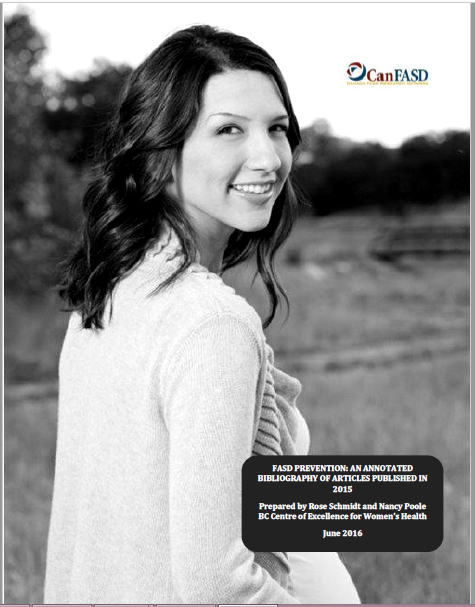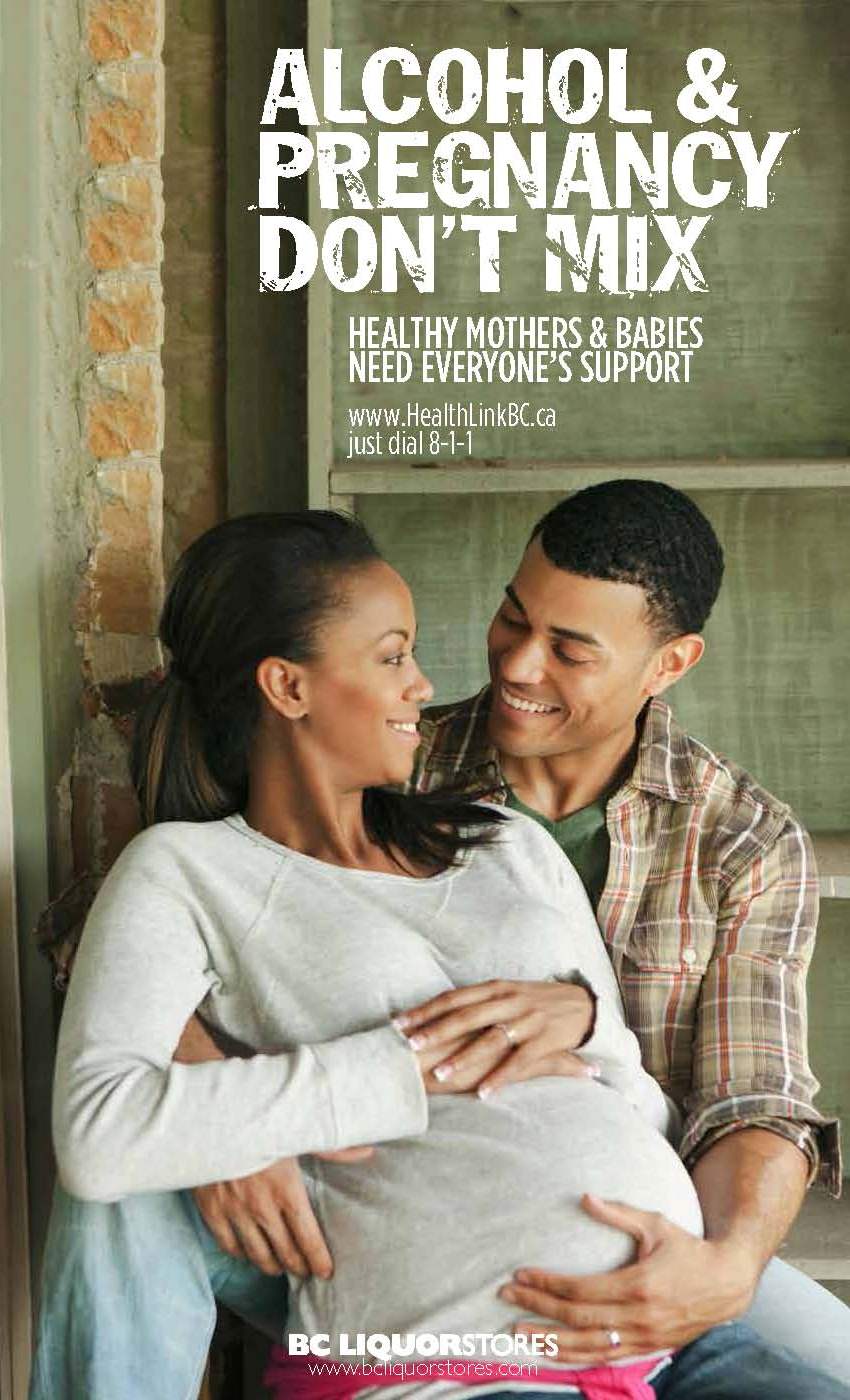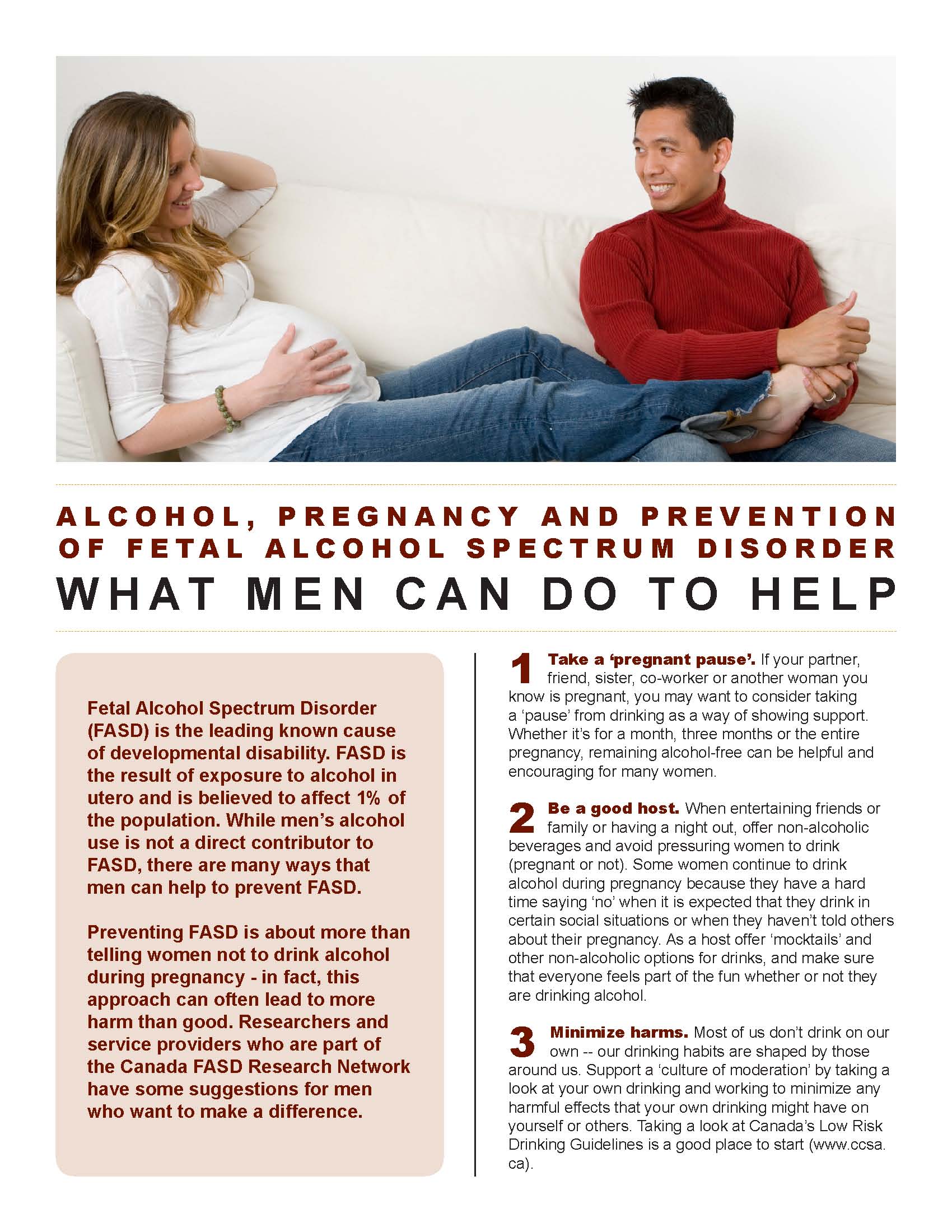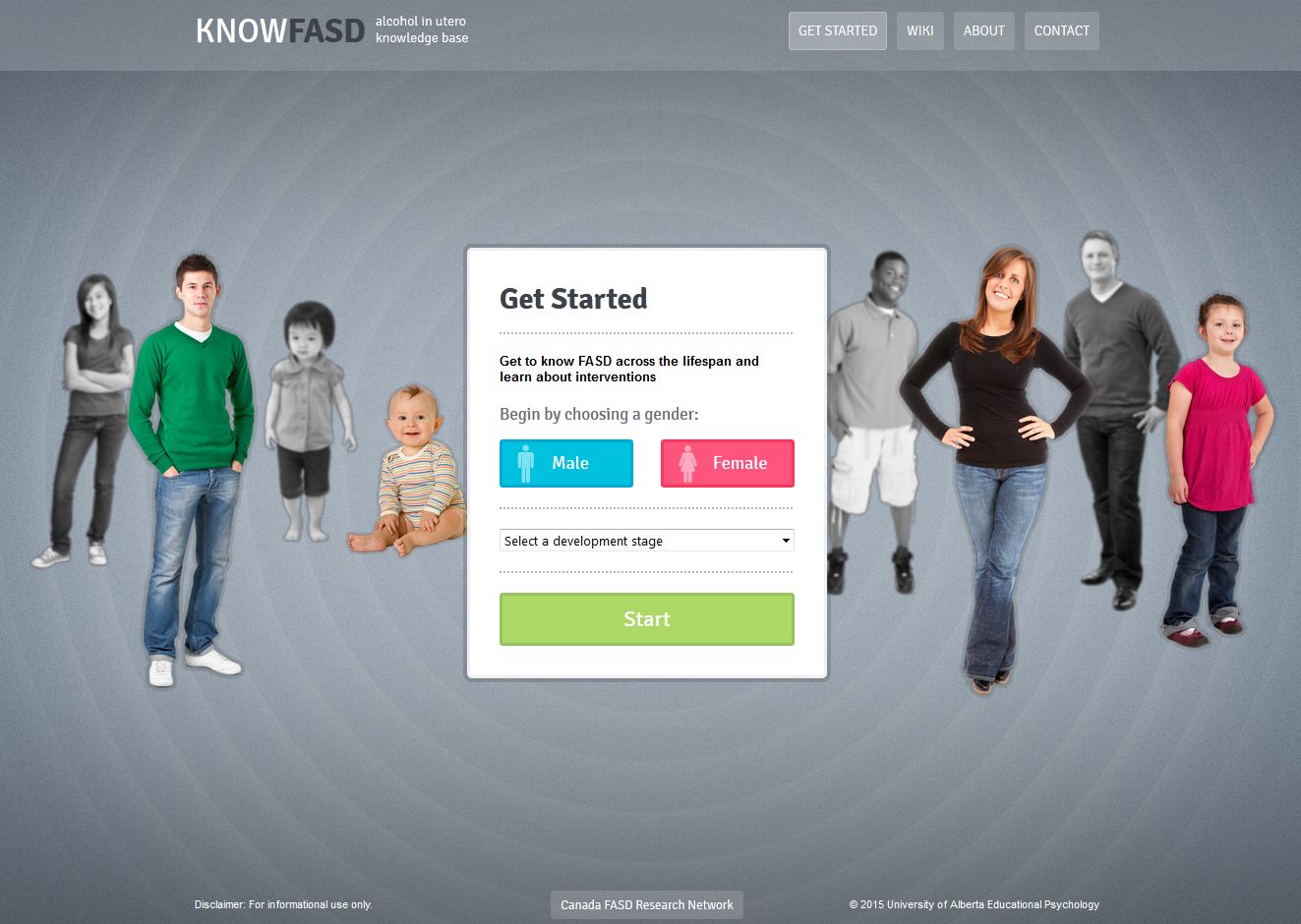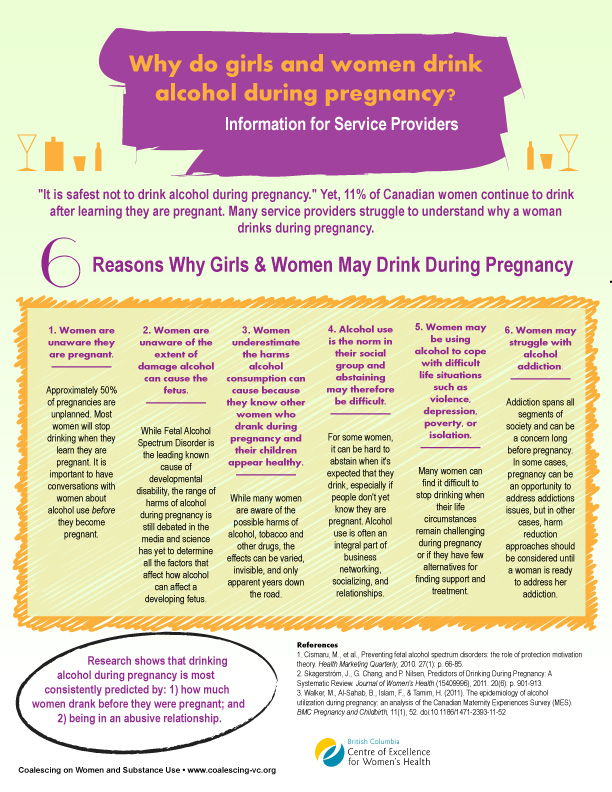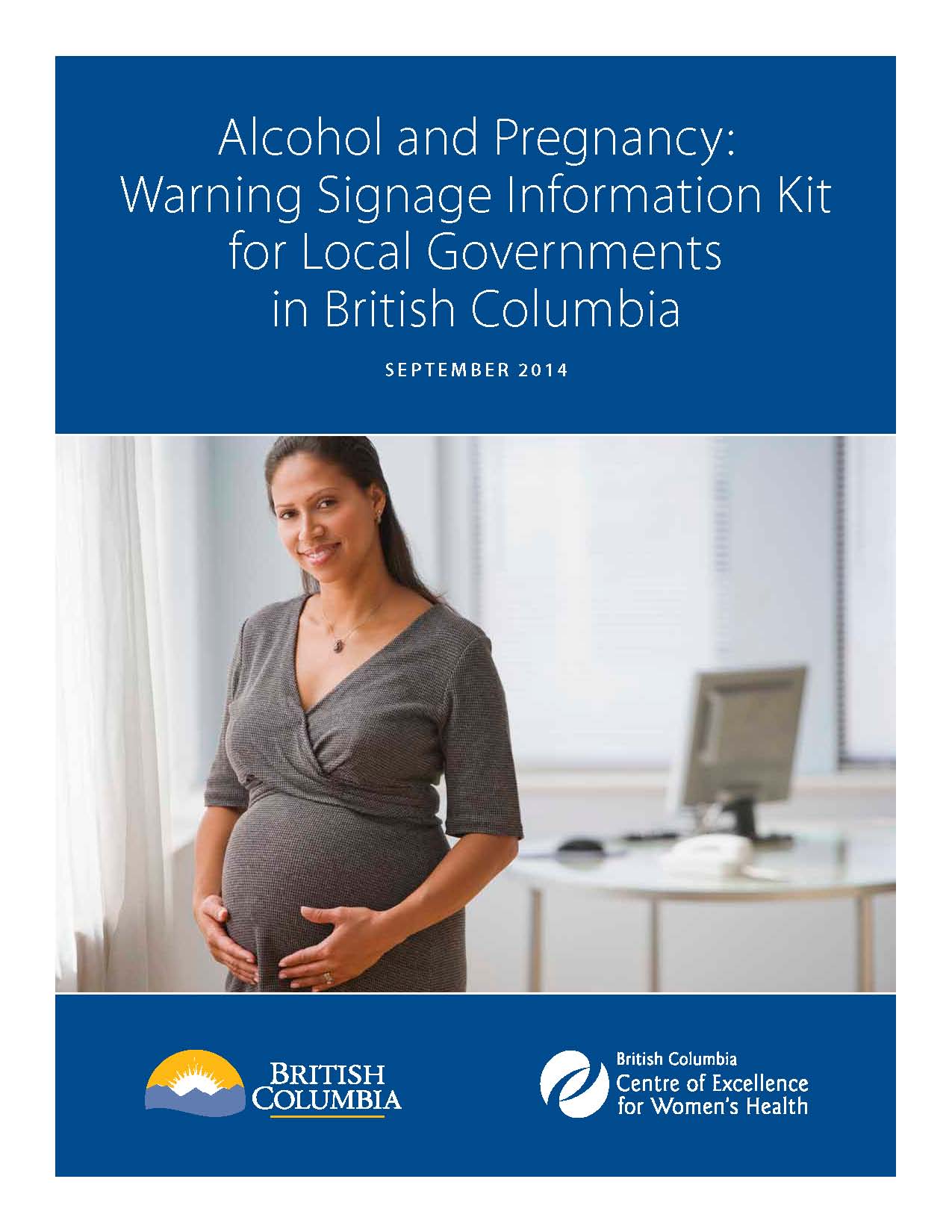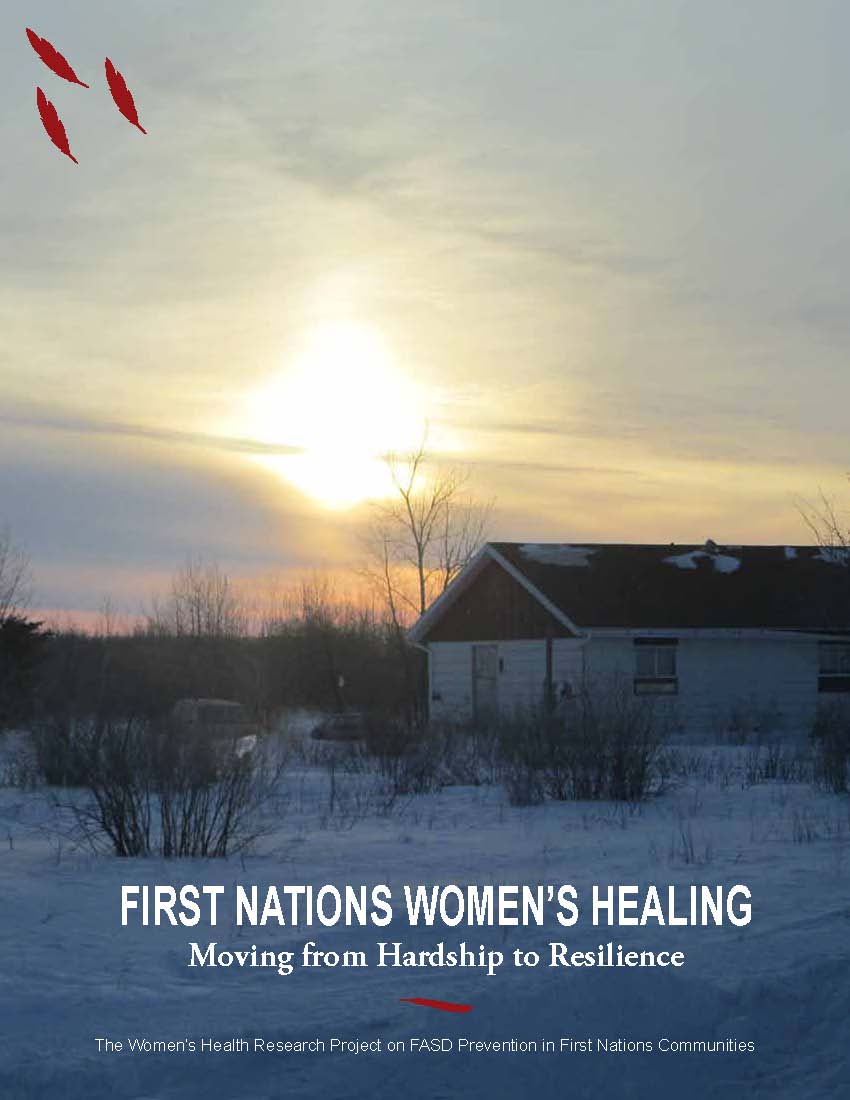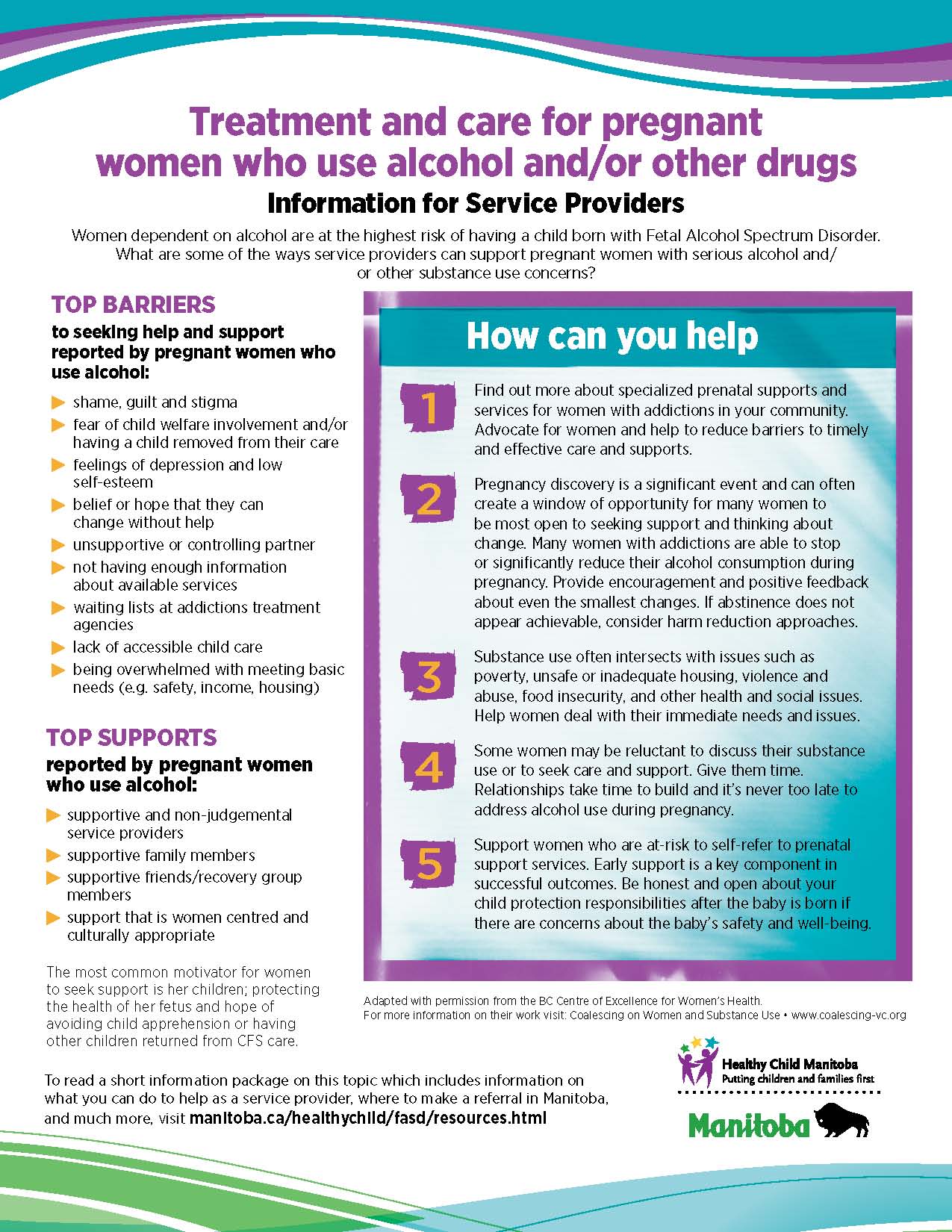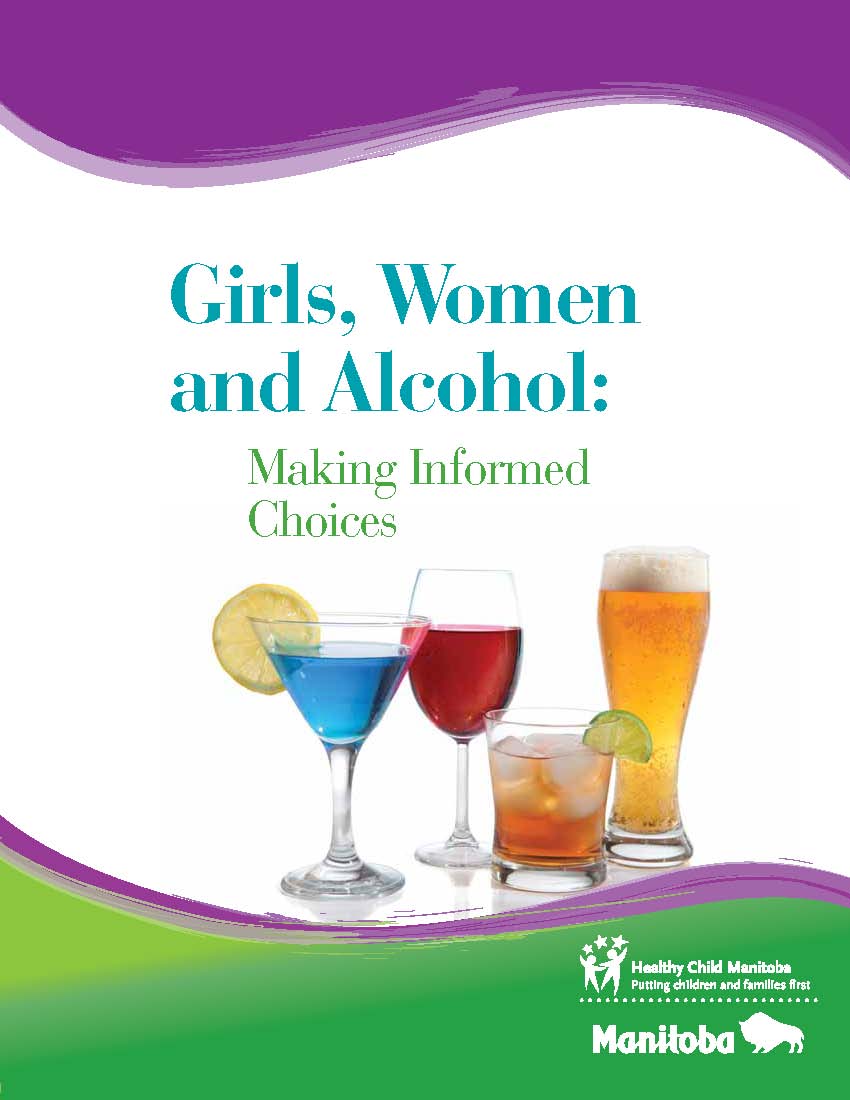This September 9th marks 19 years since the first International FASD Awareness Day. Building awareness is multi-faceted and, for long-time advocates of FASD prevention, it can seem that we take two steps forward and one step back.
We asked four members of our Network Action Team on FASD Prevention (pNAT) to reflect on the work they have done over the years in their community of Victoria, BC. They bring perspectives on how practice approaches, policy and research intersect to build effective FASD prevention efforts within the larger goal of supporting the health of women and families in general.

Many people, including health professionals, believe that there is a greater negative impact from opioid exposure rather than alcohol exposure. The current opioid crisis provides us with a unique opportunity for FASD prevention.
Lenora Marcellus — Associate Professor of Nursing, University of Victoria
I have had the opportunity over many years to work with Neonatal Intensive Care Unit teams related to supporting infants experiencing withdrawal from opioids. This issue has actually continued to grow related to the prescription opioid epidemic and fentanyl crisis that is impacting many communities, including here in British Columbia where the Provincial Medical Health Officer declared a public health emergency in 2016 in response to the rise in drug overdoses and deaths. What continues to surprise me in this work is how the issue of prenatal alcohol exposure rarely, if ever, comes into the conversation. Many people, including health professionals, believe that there is a greater negative impact from opioid exposure rather than alcohol exposure. The current opioid crisis provides us with a unique opportunity for FASD prevention . The strategies for supporting women during pregnancy, many developed by members of the pNAT, have been demonstrated in research to be effective, no matter the substance. I encourage you to partner with women, advocates and professionals in your community to highlight the importance of FASD prevention within the many conversations that are taking place about opioid use during pregnancy across Canada and beyond.

The proof is in – these kinds of wraparound programs that join a FASD-informed approach, with being culturally safe, trauma-informed and women-centred are successful and make a significant difference.
Amanda Seymour – Programming and Practice – Coordinator, HerWay Home
HerWay Home’s 5th Anniversary was earlier this year and I’ve been reflecting on how far the program has come since the visioning and advocacy done by community members leading to its opening in 2013. We have had the privilege of working with over 220 women and being allowed into their lives and that of their families. We have seen the impressive strides and successes the women have made and witnessed their love for and connection with their children. I’ve also reflected on how much more society needs to do. To prevent FASD along with the myriad harms from substance use and ongoing violence and trauma, we must address all the social determinants of health. Women report a positive change in their lives due to their connection with other women in the program, the support, trust and respect they receive from staff and the access to practical supports, health care and counselling. When I look forward to the next 5-10 years I would like to see programs like this one be available in many communities on Vancouver Island where I live, across BC and across Canada. The proof is in – these kinds of wraparound programs that join a FASD-informed approach, with being culturally safe, trauma-informed and women-centred are successful and make a significant difference. Women are able to reduce or abstain from substance use, improve their mental health and keep their children or see them returned to their care when they receive non-judgemental, harm reduction supports and tangible, practical help.

[We now have] … a set of Evaluation Maps to provide guidance and tools for developing, implementing and evaluating FASD-related programs (www.fasd-evaluation.ca).
Deborah Rutman – Principal and Co-Founder, Nota Bene Consulting Group & Adjunct Associate Professor, School of Social Work, University of Victoria
As a researcher and program evaluator, I feel immensely privileged to be able to learn about and report on the incredible work undertaken by staff at diverse FASD prevention programs and to hear women’s stories and experiences, including about what a tremendous difference these wrap-around programs such as HerWay Home make to women and their families. For me, one of the exciting opportunities – and one of the challenges – of evaluating FASD prevention programs is depicting the complexities associated with FASD and FASD-related programming: complexities in terms of the inter-related issues that women and families struggle with; complexities in terms of the range of services and program activities that matter to women; and complexities in terms of the myriad program outcomes that, as evaluators, it is important to document, including: women feeling safe and not judged; women having improved basic needs support, nutrition and safe housing; healthy births; reduced child welfare involvement; increased mother-child connection; abstinence/reduced or safer substance use; and women’s sense of connection and hope. Several years ago, our Nota Bene team, partnering with Nancy and with lots of input from pNAT members, developed a set of Evaluation Maps to provide guidance and tools for developing, implementing and evaluating FASD-related programs. Currently, with funding from the Public Health Agency of Canada and in partnership with eight inspiring programs across the country, our team is undertaking the Co-Creating Evidence study: a ‘first in Canada’ national evaluation of wrap-around programs that work with pregnant or recently parenting women with substance use and other complex issues. We have just completed our first round of data collection at all eight sites and we look forward to sharing our findings with NAT members – and beyond – in the coming months.

It so gratifying that for a decade now, we in Canada have been able to meet virtually in this pNAT to share ideas and identify ways to collaborate on research, practice and policy related to alcohol and FASD prevention.
Nancy Poole – Researcher and Knowledge Translation – Director, Centre of Excellence for Women’s Health
Every time International FASD Day comes around, I think both of the tremendous work people are doing on FASD prevention and how much there still is to do. I am so lucky to have colleagues like Lenora, Deborah and Amanda who are committed to FASD prevention in my own city! We get together over dinner fairly regularly to talk about how our work fits together, and how we can actively work together in various combinations to advance FASD prevention research, practice and policy. In particular, we have been able to lend lots of support to the establishment and ongoing enhancement of programming at HerWay Home. Amanda, Deborah and Lenora have also been core members in our national work on FASD prevention where we link and advance the work on research, evaluation, practice and policy through the Network Action Team on FASD Prevention (pNAT) that is funded by the CanFASD Research Network. It so gratifying that for a decade now, we in Canada have been able to meet virtually in this pNAT to share ideas and identify ways to collaborate on research, practice and policy related to alcohol and FASD prevention .




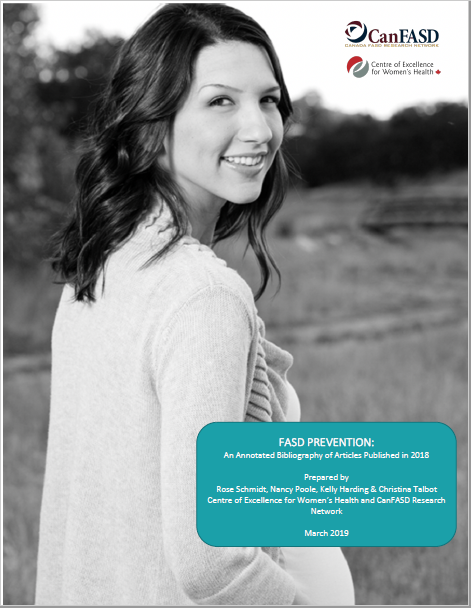 Researchers associated with the Prevention Network Action Team (pNAT) of the
Researchers associated with the Prevention Network Action Team (pNAT) of the 






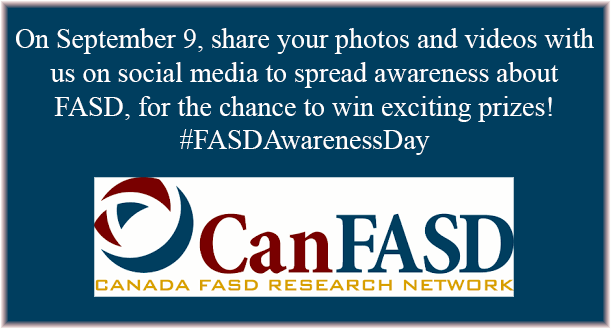
 It seems more attention is being brought to preconception health and its role in FASD prevention. We have known about the value of preconception intervention for many years. The Project CHOICES Research Group described positive intervention results using Motivational Interviewing in 2003 [1]. Yet now attention to the preconception period seems to be “trending.”
It seems more attention is being brought to preconception health and its role in FASD prevention. We have known about the value of preconception intervention for many years. The Project CHOICES Research Group described positive intervention results using Motivational Interviewing in 2003 [1]. Yet now attention to the preconception period seems to be “trending.”